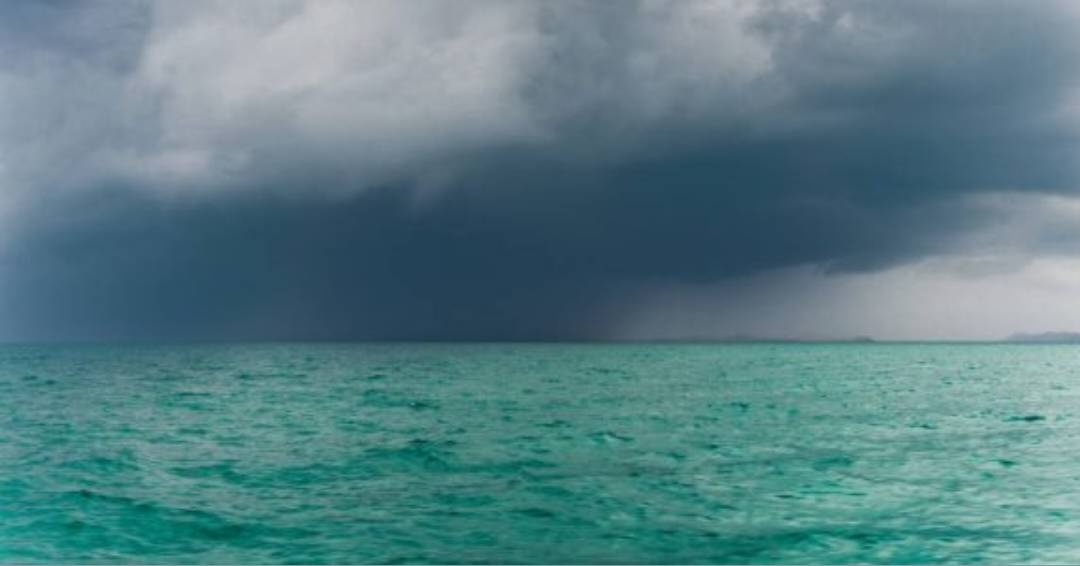
India is on the brink of experiencing its driest August since 1901, a direct consequence of the intensifying El Nino conditions, according to leading meteorologists. The possibility of this year’s monsoon becoming the driest since 2015, marked by a 13 percent rainfall deficit, is also underlined by these experts.
Presently, August has witnessed a 32 percent precipitation shortfall, coupled with forecasts of subdued rainfall over a significant part of the country in the next three days. This trajectory is expected to result in the driest August on record since 1901, as shared by an anonymous official from the India Meteorological Department (IMD).
With an average rainfall of 254.9 mm, August constitutes around 30 percent of the total monsoon season’s precipitation. Historical IMD data reveals previous significant rainfall deficits for August in various years: 25 percent in 2005, 24.6 percent in 1965, 24.4 percent in 1920, 24.1 percent in 2009, and 24 percent in 1913.
El Nino’s warming of Pacific Ocean waters near South America and the unfavorable phase of the Madden Julian Oscillation (MJO) are cited as the main factors behind below-normal August rainfall, as stated by IMD chief Mrutyunjay Mohapatra. El Nino is known to weaken monsoon winds and lead to dry conditions in India. In contrast, the MJO, a large-scale atmospheric disturbance originating in tropical Africa, can enhance rainfall activity during its active phase.
The prevailing El Nino conditions have led to the development of only two low-pressure systems in the Bay of Bengal (BoB), rather than the usual five. Additionally, the scarcity of low-pressure systems in the South China Sea has contributed to the reduced rainfall. A prolonged monsoon break from August 6 to August 17 was observed this year due to the strengthening El Nino.
The northward migration of the monsoon trough has resulted in suppressed monsoon rains over parts of India. While El Nino-induced break-monsoon phases are natural occurrences, their duration is extended by stronger El Nino events.
Despite the positive Indian Ocean Dipole (IOD), September’s outlook is not grim. While September’s rainfall is expected to be on the lower side of normal, the senior meteorologist emphasizes that the absence of the positive MJO phase may also play a minor role in the August rainfall deficit.
Rainfall is crucial for India’s agricultural sector, with over half of the cultivated land reliant on it. Additionally, it replenishes reservoirs vital for drinking water and electricity generation across the country. The rain-fed agriculture sector contributes to about 40 percent of India’s total food production, thus holding immense significance for the nation’s food security and economic stability.

Post Your Comments